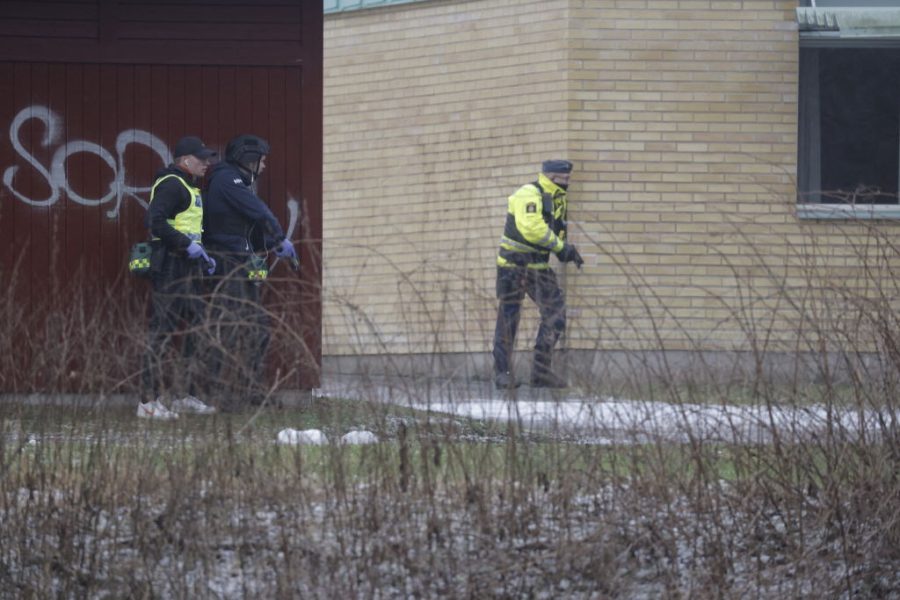Sweden has suffered its worst mass shooting in living memory. On Tuesday, a 35-year-old gunman went to a community college in the central city of Örebro armed with a firearm. After changing into combat fatigues in one of the school toilets, he launched an attack that left 11 people (including himself) dead and several more critically wounded.
What Sweden witnessed was a form of violence born from cultural atomisation and ennui
As someone who’s been involved, on and off, in the debates surrounding immigration and the new patterns of violence in Sweden, an incident like this appears as a round peg in a square hole. At first, as news of the shooting came out, many people rushed to try and connect this incident to immigration; Sweden’s problems with gun violence are, after all, a long-debated topic. But it quickly became clear that this sort of violence – a lone, isolated gunman, with no criminal record, possessing an actual firearms license – did not seem to fit with the sort of gangland shootings and street executions people have gotten used to.
There is a curious kind of mood in Sweden right now regarding this incident. The mood is sombre, as if shooting-related violence has suddenly become far more ‘real’. King Carl XVI Gustaf has announced that the flag will be flown at half-mast at the royal palace in Stockholm, thereby setting this incident apart from the ‘normal’ kinds of gun violence that Sweden sees these days.
Of course, there’s a dirty little secret here: the ‘normal’ kind of gun violence does not actually bother Swedish people all that much. Sure, it’s a topic of much conversation and worry, in a sort of ‘Where is our country even going?’ kind of way. But the crude murder rate in Sweden – with its very large immigrant population – is significantly lower than in neighbouring Finland, which has less of a problem with gang violence.
In other words, Swedish people have a doubly lower risk of dying by homicide compared to Finns; partly because of the lower murder rate, partly because many of Sweden’s murders are actually contained inside heavily segregated immigrant communities. Native Swedes can stand by and watch as Somali rappers are executed by their rivals inside parking garages. These shootings are shocking and worrying. But unless Swedes choose to take up the drug trade themselves, that violence exists almost in a parallel world.
But this violence, this school shooting, is quite different. It exists in our world, and none of us truly know what to make of it – yet. Could this perhaps be another step towards Sweden becoming much more akin to the United States, with its clearly defined genre of random outbreaks of suicidal mass violence? The term ‘going postal’ in American English refers to the increase in workplace rage and shootings that took place in the States from the 1970s onwards (often carried out by employees of the US postal service). Over time, those mass shootings have migrated from American workplaces to its schools and colleges, with culprits like Seung-Hui Cho killing over 30 people at Virginia Tech in Blacksburg, Virginia in 2007.
It may yet be accurate to say that immigration is the culprit for this kind of violence, but if that’s true, it is only in a very indirect sort of way. What Sweden witnessed on 4 February was a form of violence born from cultural atomisation and ennui. Not even the most dedicated Swedish nationalist knows how to fix this: even if the migrants were all deported tomorrow, the isolation, cultural aimlessness and emotional ennui that has been spreading across western societies would still remain. For now, details on this week’s incident and shooter are still scarce; even so, most Swedes can still sense that what happened in Örebro is an omen of dark times to come.






Comments